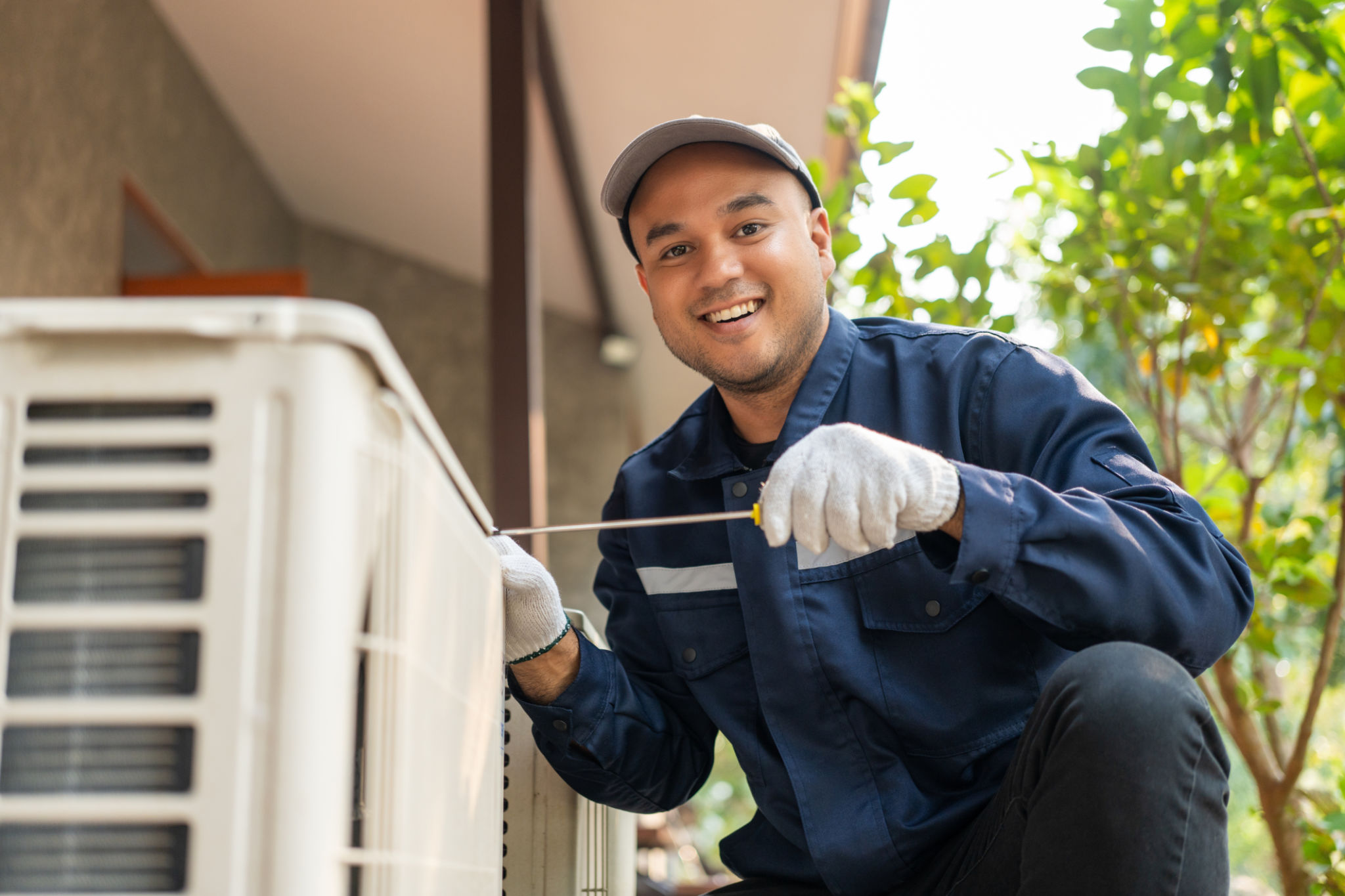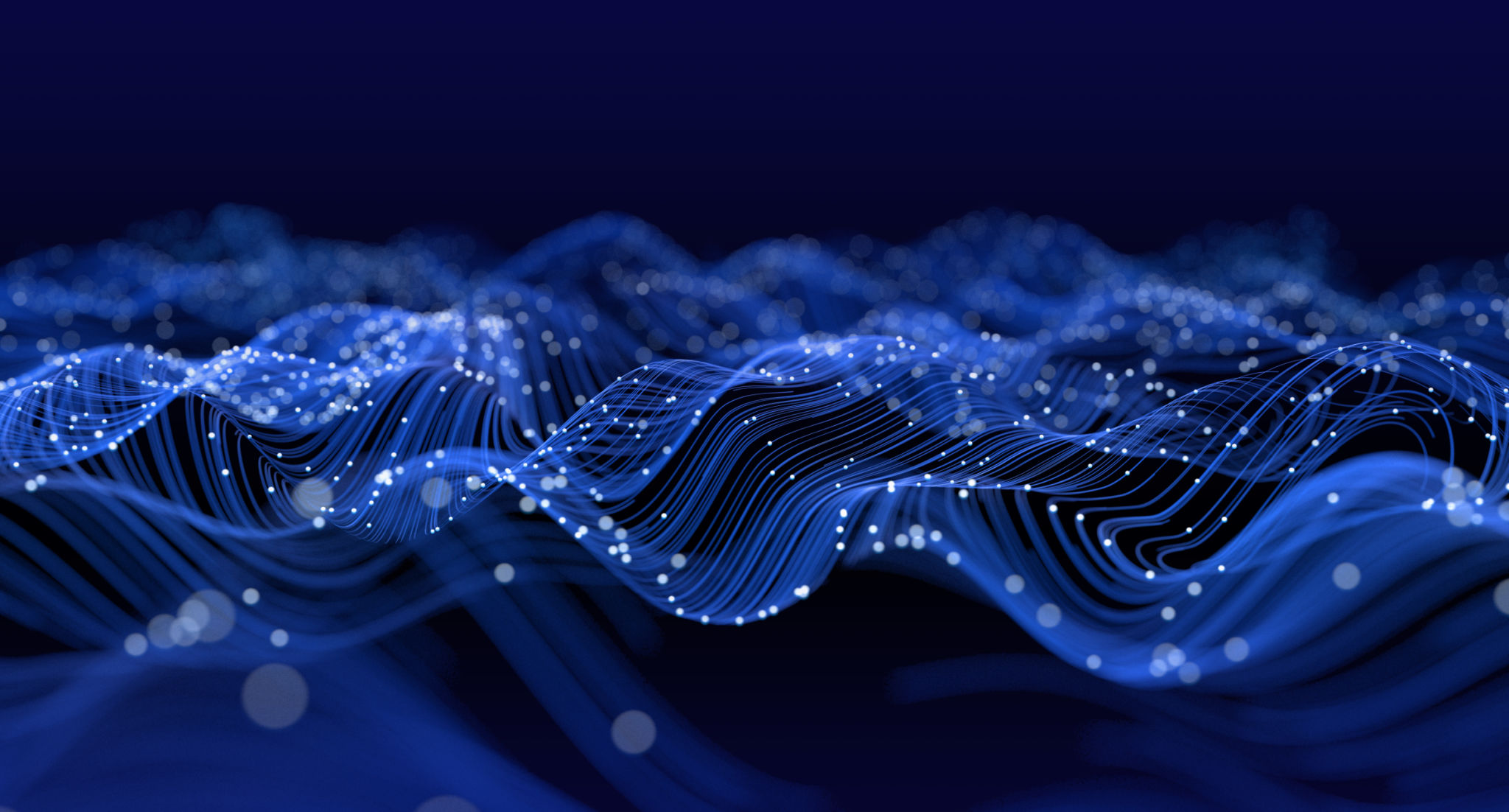Remote Monitoring for HVAC Systems: Benefits and Best Practices
Understanding Remote Monitoring for HVAC Systems
Remote monitoring for HVAC systems is transforming how businesses manage their heating, ventilation, and air conditioning. By leveraging technology, these systems can now be monitored and controlled from anywhere, providing unprecedented convenience and efficiency. This innovation is not just about comfort; it’s about optimizing performance, reducing costs, and ensuring a sustainable future.
At its core, remote monitoring involves using sensors and connected devices to track the performance of HVAC systems in real-time. This data is then transmitted to a centralized platform where it can be analyzed and acted upon. This means facility managers can receive alerts about potential issues before they become costly problems.

The Benefits of Remote Monitoring
Remote monitoring offers numerous benefits that can significantly enhance the management of HVAC systems. One of the primary advantages is preventive maintenance. By continuously monitoring system performance, potential issues can be identified early, reducing the likelihood of unexpected breakdowns and expensive repairs.
Another major benefit is energy efficiency. Remote monitoring allows for the optimization of HVAC operation, ensuring systems run only when necessary and at optimal settings. This not only reduces energy consumption but also extends the lifespan of the equipment.

Cost Savings and Operational Efficiency
Businesses can also experience substantial cost savings through reduced energy bills and lower maintenance expenses. Additionally, remote monitoring enhances operational efficiency by freeing up staff time, allowing them to focus on other critical areas instead of constant manual checks on HVAC systems.
Best Practices for Implementing Remote Monitoring
To fully reap the benefits of remote monitoring for HVAC systems, certain best practices should be followed. Firstly, it’s essential to choose the right technology and software that are compatible with your existing systems and meet your specific needs.
Training your staff to use these new tools effectively is crucial. They need to understand how to interpret data and take appropriate actions based on insights provided by the system. Regular training sessions can ensure that your team stays up-to-date with the latest features and functionalities.

Data Security and Privacy Considerations
With the increasing reliance on technology, data security becomes a critical concern. Ensure that the remote monitoring system you choose has robust security measures in place to protect sensitive data from breaches or unauthorized access.
Finally, regularly review and update your remote monitoring processes. Technology and business needs are constantly evolving, so it’s important to keep your system aligned with current trends and requirements.
The Future of HVAC Remote Monitoring
The future of remote monitoring in the HVAC industry looks promising, with advancements in IoT and artificial intelligence driving further innovation. As technology continues to evolve, we can expect more sophisticated solutions that offer even greater levels of efficiency, cost savings, and environmental sustainability.
Embracing remote monitoring today ensures that businesses are not only equipped to handle current challenges but are also prepared for future developments in HVAC technology.
